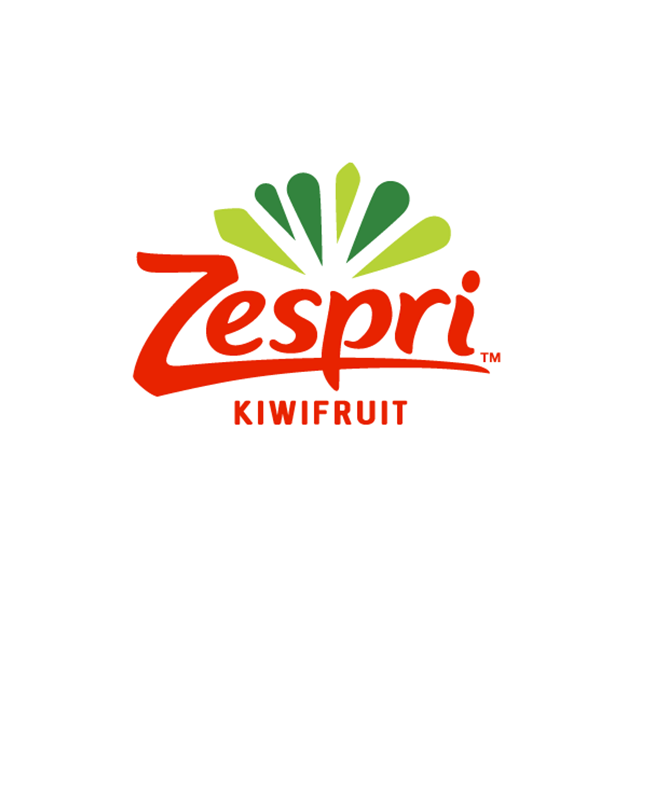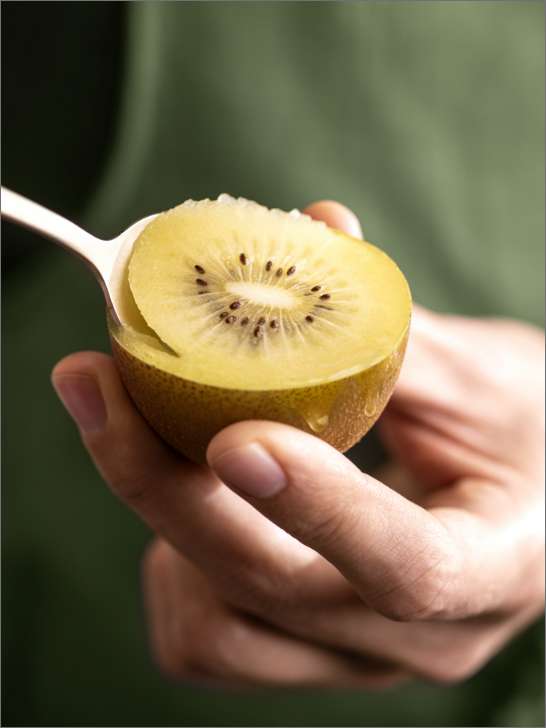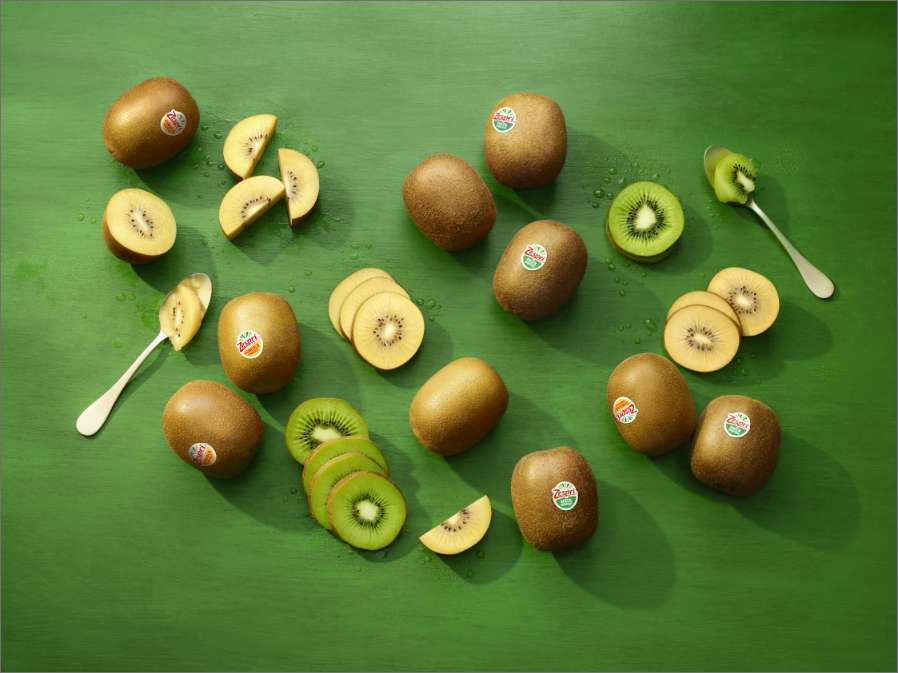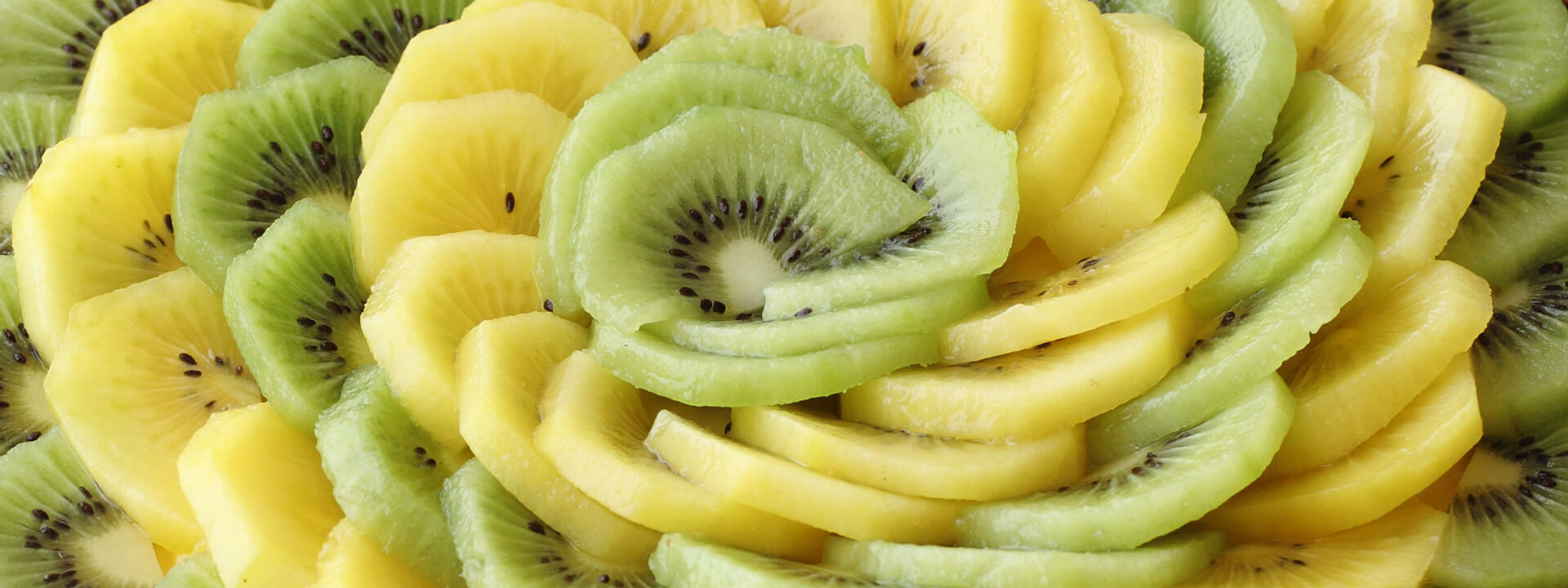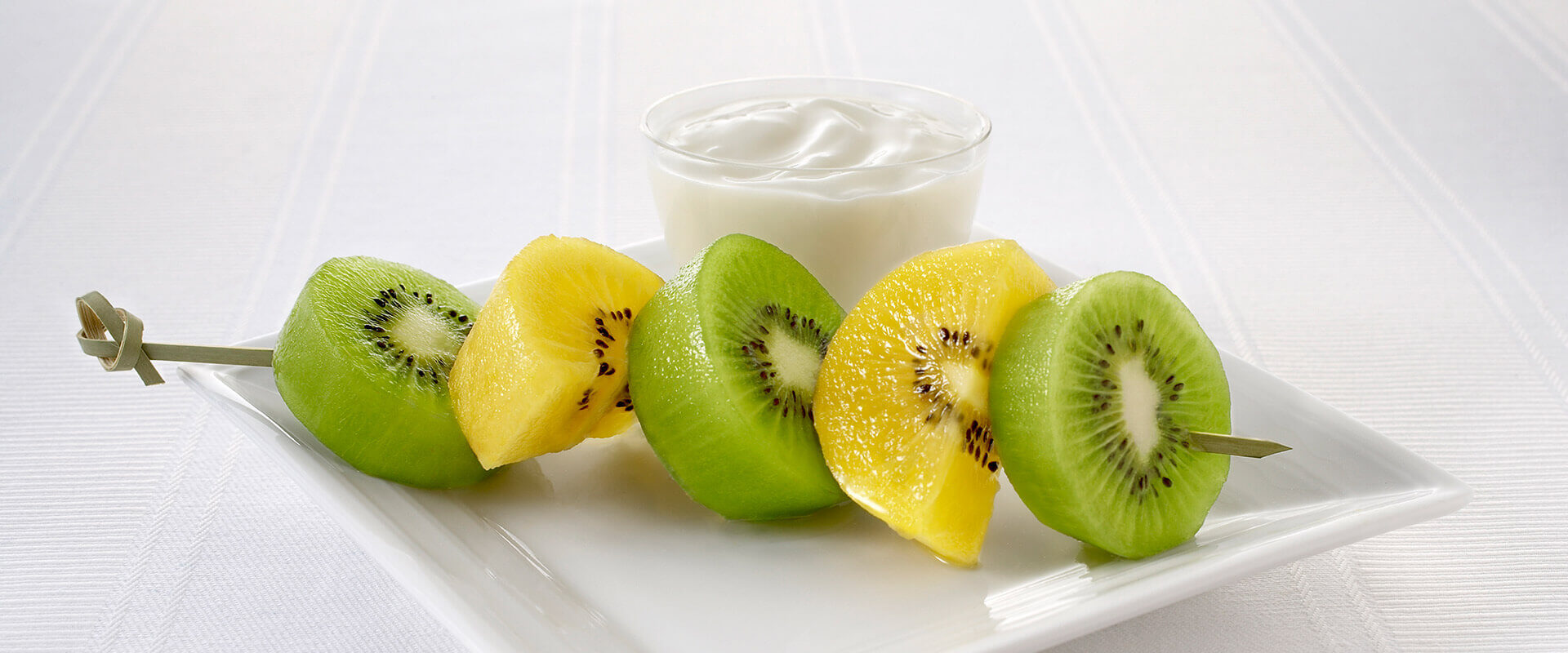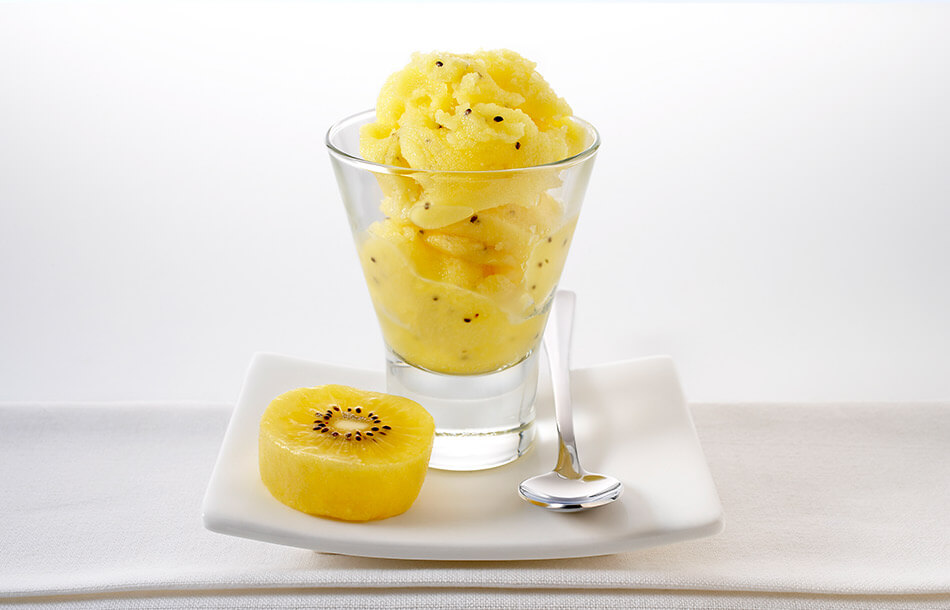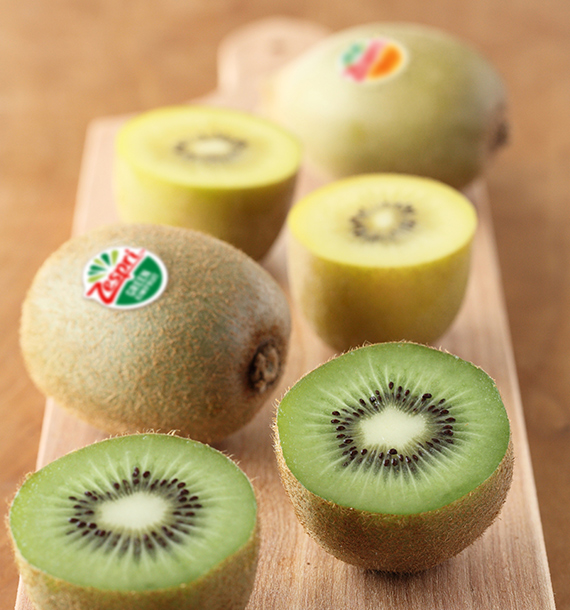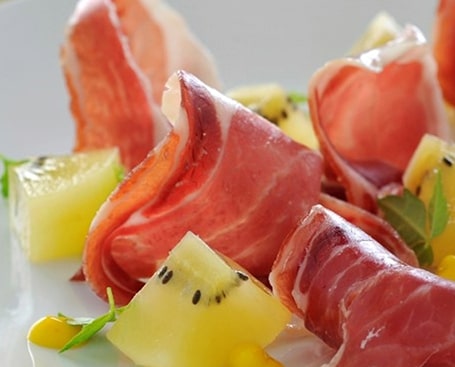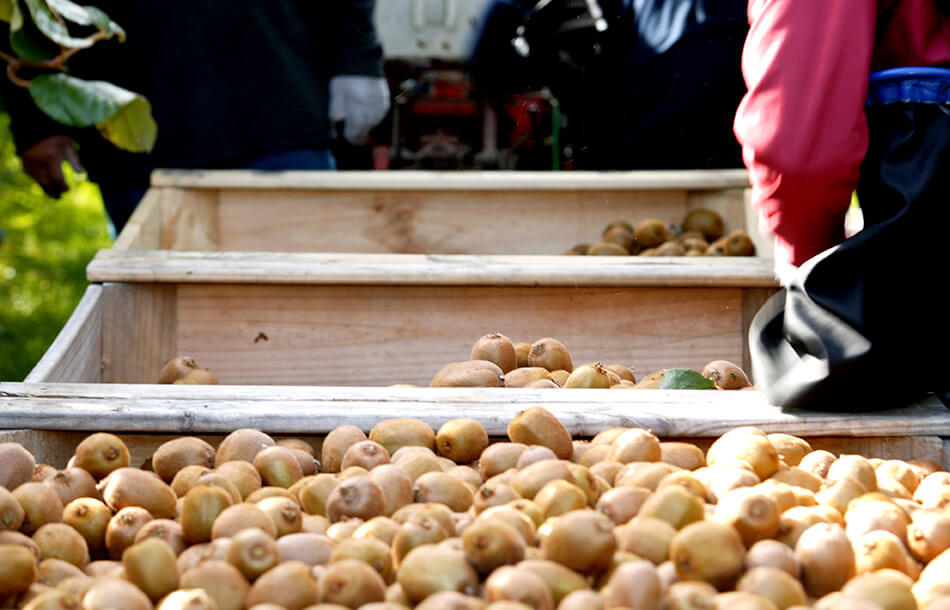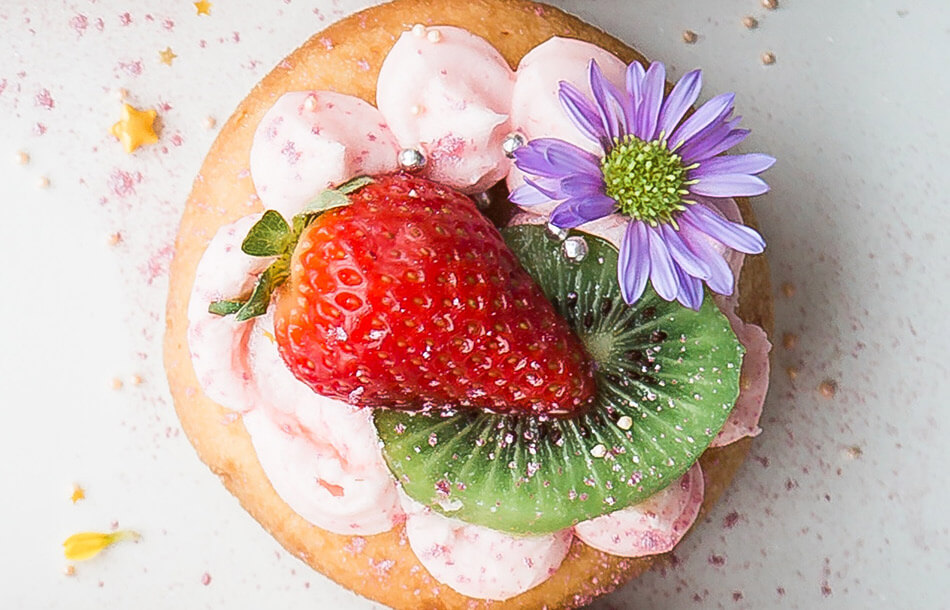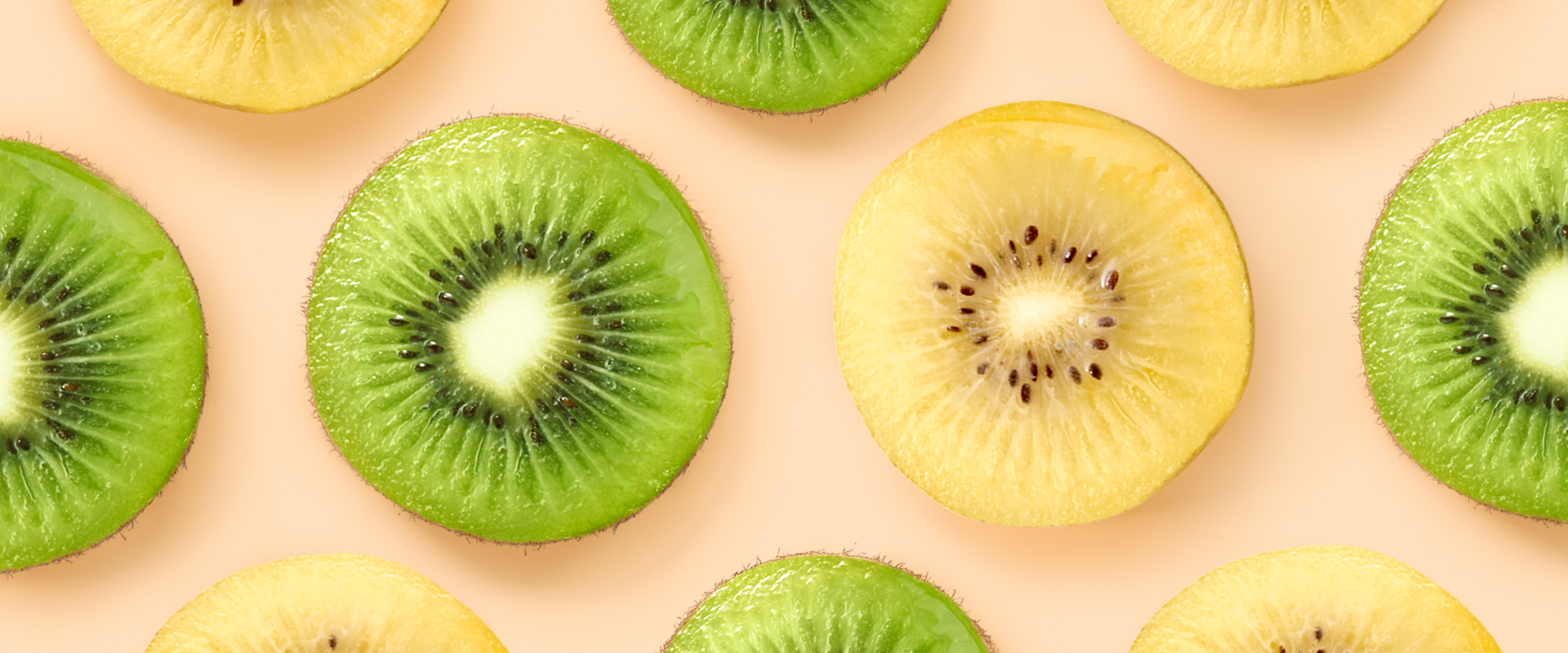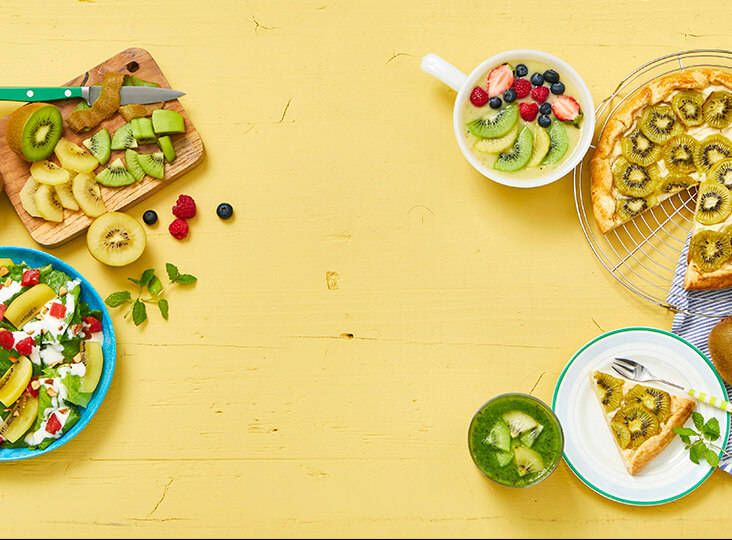WHAT'S IN A NAME? THE CHINESE GOOSEBERRY
-
Did You Know
That which we call a kiwifruit by any other word would taste as sweet.
-- William Shakespeare
Okay, so Shakespeare didn’t actually say that. But this sentiment is no truer than with kiwifruit, whether it’s the tangy deliciousness of Zespri Green or the tropical sweetness of Zespri SunGold with its mango overtones. And it’s hard to fathom that the exotic fruit with soft flesh and a unique taste wasn’t always known as “kiwifruit.” It was once called the Chinese gooseberry.
The what?
Yes, the Chinese gooseberry.
In fact, the kiwifruit has gone through as many names as Sir Elton John goes through costume changes in a single concert — in other words, a lot!
Before the Chinese Gooseberry
As the name suggests, kiwifruit has its roots in China. Its original name in Chinese, mihoutao — or “macaque fruit” — was a reference to monkeys loving the sweet fruit. From there stemmed several other colloquial names for the Chinese gooseberry: monkey peach, macaque pear, vine pear, sun peach and wood berry.
(In true cyclical fashion, the name strange fruit has recently become fairly common in Taiwan and Hong Kong. This is an apparent transliteration of the word kiwifruit — qi yi guo in Mandarin, or kei yi gwo in Cantonese.)
Why the Chinese Gooseberry?
When it was brought to New Zealand, people felt it tasted like a little like a gooseberry, a popular fruit at the time. So they started calling the fruit Chinese gooseberries. Despite this, other slang names popped up for kiwifruit, including the delightful hairy berry.
The Hayward Years
As we mentioned before in The History of Zespri SunGold
In 1904, Isabel Fraser, headmistress of the Wanganui Girls’ College, brought kiwifruit seeds back to New Zealand from her sister’s mission station in China’s Yangtze Valley. These seeds made their way to amateur horticulturist, Alexander Allison.
In fact, the first kiwifruit vines were recorded as bearing fruit on Alexander Allison’s property, south of the girls’ college in Wanganui, the very next year.
It was still being called the Chinese gooseberry at this point. While Alexander Allison is credited with growing the first kiwifruit plants, the variety we’re now used to was first developed by Hayward Wright in Avondale, New Zealand, around 1924. This lead to the fruit being referred to as “the Hayward,” which, even today, is used in some circles to refer to the green-variety kiwifruit.
After the Chinese Gooseberry
Even after “kiwifruit” took root in New Zealand and grew more popular, its name continued to morph. In Asia, it became known as Mihou Tao and Yang Tao, which means ‘sunny peach.’ Back in New Zealand, the name Chinese gooseberry was briefly changed to melonette. It finally landed on the name kiwifruit in 1959.
As Luck Would Have It . . .
But New Zealand’s place in the history of the kiwifruit that we know and love now wasn’t inevitable. Around the same time the first Chinese gooseberry seeds made their way to New Zealand, it was also en route to commercial nurseries in both the U.K. and U.S.
Unfortunately, the first batch of seeds brought to Britain and the U.S. produced only male plants. This meant the growers couldn’t produce edible fruit.
But . . . Why "Kiwifruit"?
The change to kiwifruit might seem like a no-brainer. But the name had a lot of competition. As kiwifruit began to be marketed globally, it seemed as though melonette might win out. At the time, however, U.S. tariffs on melon imports were extremely high. So everyone landed on kiwifruit — which makes sense.
New Zealanders are referred to as kiwis. The official bird of New Zealand is the kiwi. Hence, kiwifruit.
The rest, as they say, is history.
Sweet, delicious history!
